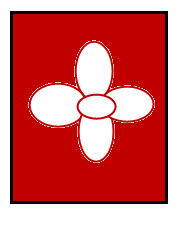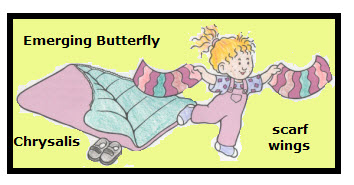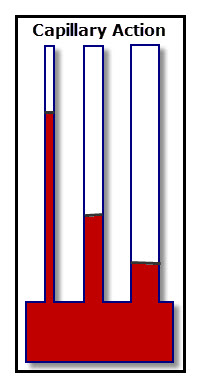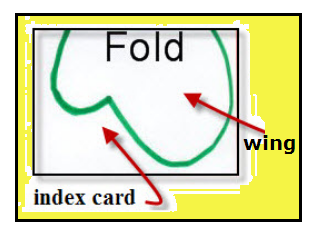There are thousands of different species of earthworms, but they can be divided into three groups based on their feeding and burrowing habits. Each group is important to maintain healthy soil. 1. Surface soil and litter species – Epigeic species. These earthworms live in or near surface plant litter. They are typically small and being […]
Photosynythesis
Photosynthesis is a plant process by which light energy is changed unto to chemical energy. Most plant receive light from the Sun. The chemical energy produced is stored in the bonds of sugar molecules. Plants need only light energy, chlorophyll, CO2, and H2O to make sugar and oxygen. The process of photosynthesis takes place in […]
Sonoran Desert: Saguaro
The Sonoran Desert is in southwestern Arizona, southeastern California, most of Baja California and the western half of the state of Sonora, Mexico. The Sonoran Desert covers about 100,000 square miles (260,000 sq km). The Sonoran Desert is rich in plant life with at least 2,000 different species. But two types of plants th distinguish […]
Symmetrical Figures
A symmetrical figure is an object that can be divided in half and each half is a mirror image of the other. Your hands are mirror image of each other. This means that they are alike but in reverse. Discover for Yourself Place the palms of your hands together. Note how your fingers perfectly fit […]
Sun Blockers
Natures Natural Sunblockers Some of the organisms in the icy waters of the Antarctic Ocean have a natural sun-blocker. What is this substance? Answer: Pigments (coloring substances) in living organisms, such as melanin in human skin, can also protect them from UVL. The young girl on the left in the picture above has very little […]
Model a Butterfly Emerging from a Chrysalis
Inside its chrysalis, a caterpillar breaks down into a “chemical mush.” This liquid goo is miraculously transformed into a beautiful butterfly. When this transformation is complete, a weak, wet adult butterfly breaks out of the chrysalis. In a short time the butterfly dries and is strong enough to fly away. Play and Have Fun with […]
Insect Proboscis
Fly Straws Flies don’t chew their food like we do. Instead they drink their food through a straw-like mouth part called a proboscis. We don’t have to drink our food, but sometimes it is fun, especially if you have fun straws. Drinking liquids through a straw is easy, but if the food is very thick […]
Fly Digestion
Barfing Flies Did You Know…Flies taste with their feet? Insects have taste organs which are usually located on their mouth parts; but some insects, such as house flies can taste with their feet. When a fly walks on your pizza, nerves in the fly’s feet detect the presence of different chemicals in the food and […]
Capillary Action
Capillary Action is also called wicking, which is the ability of a substance to draw another substance into it. In the diagram, three different size glass tubes are standing in a container of colored water. Notice that the water rises to a different height in each of the tubes. The more narrow the tube, the […]
Symmetry: Butterfly Wings
Butterfly wings are beautiful examples of symmetry, which means that the wings on one side of the body match the wings on the opposite side of the body. Instead of the word match, let’s say the wings are mirror images of each other. Mirror images will perfectly fit together. When a butterfly folds its wings […]
- « Previous Page
- 1
- …
- 14
- 15
- 16
- 17
- 18
- …
- 26
- Next Page »







